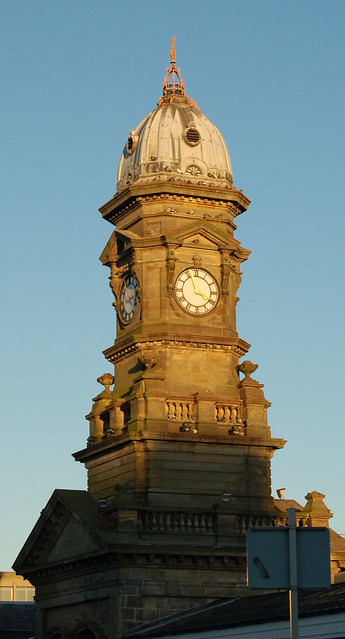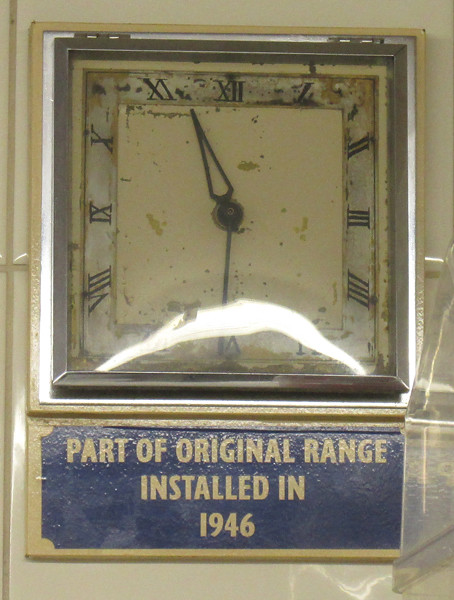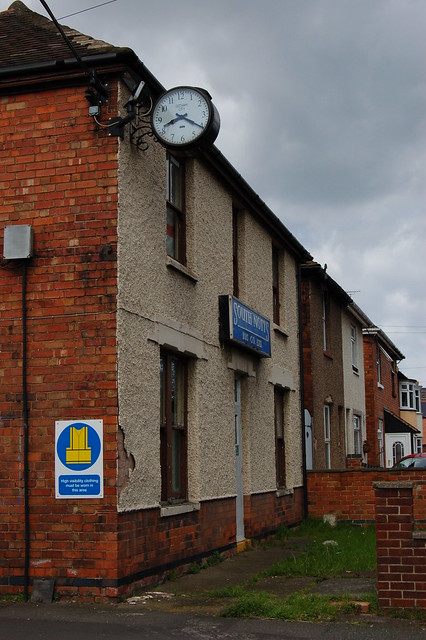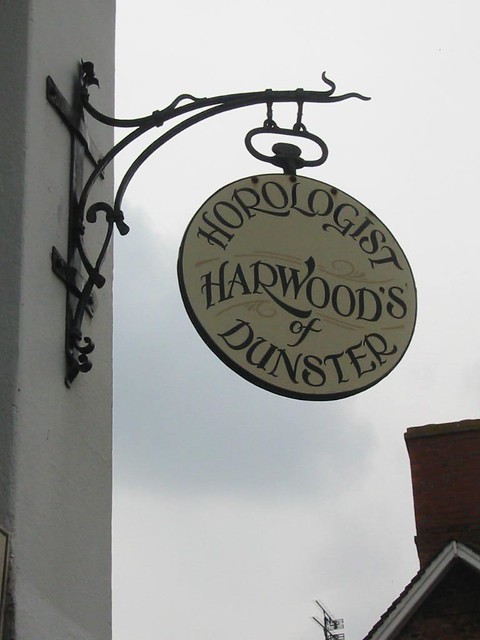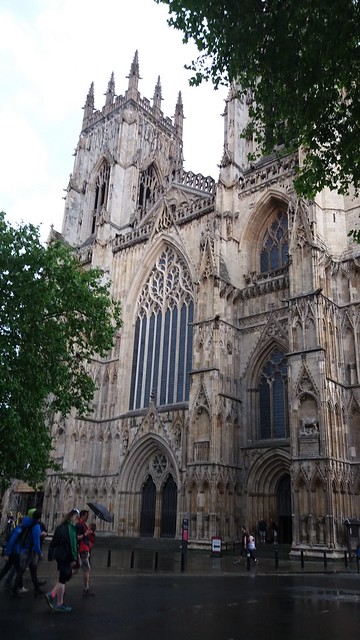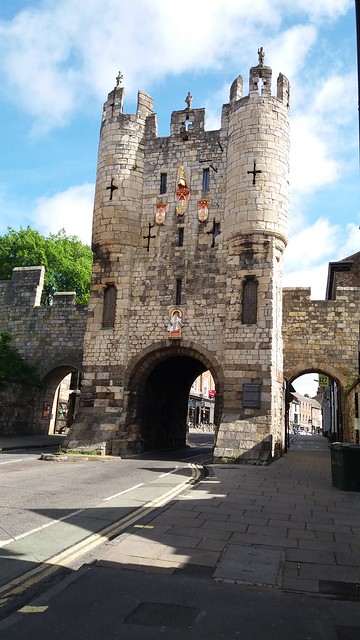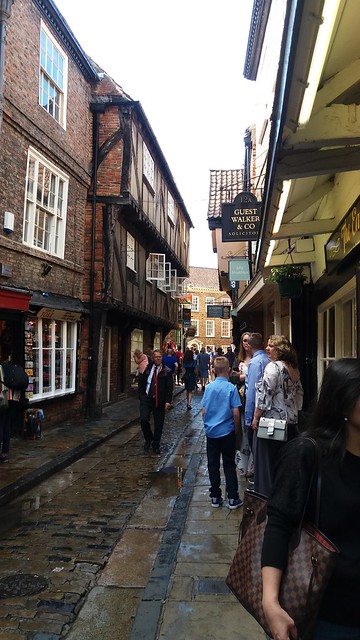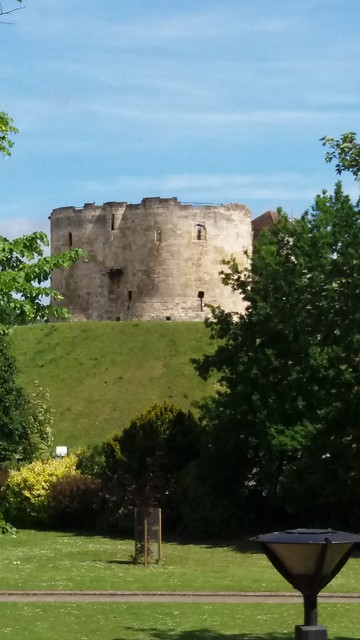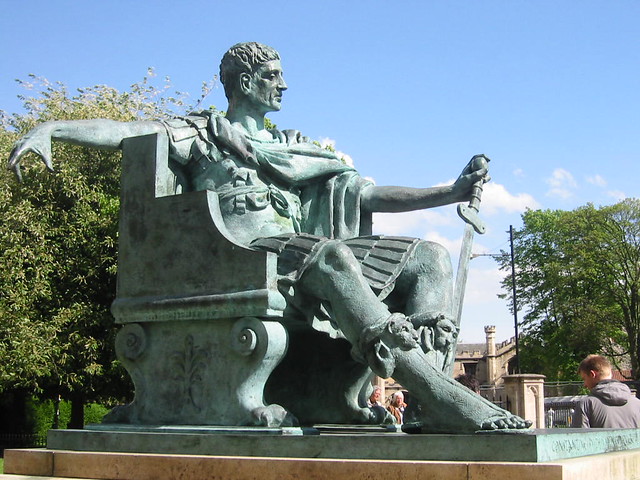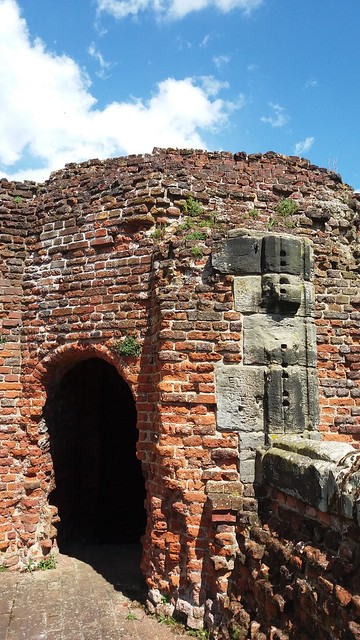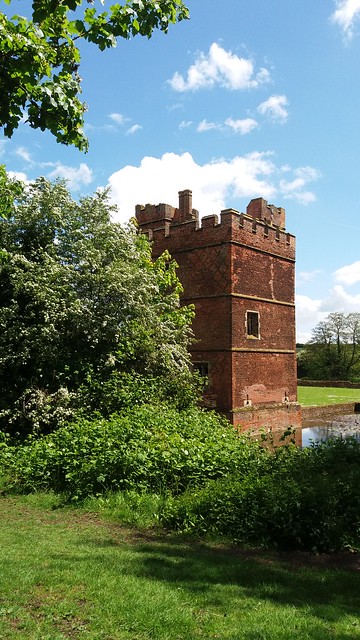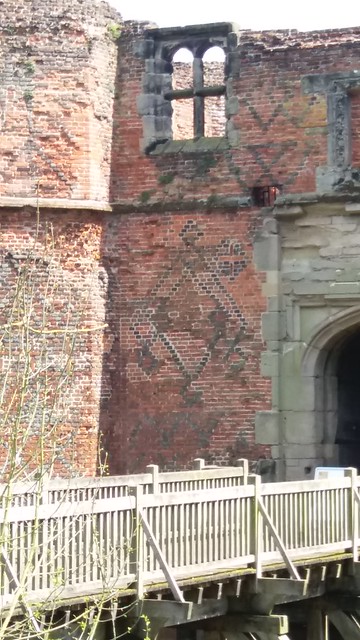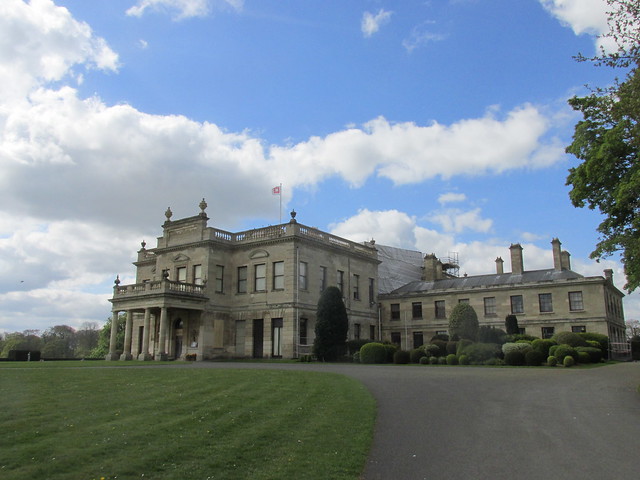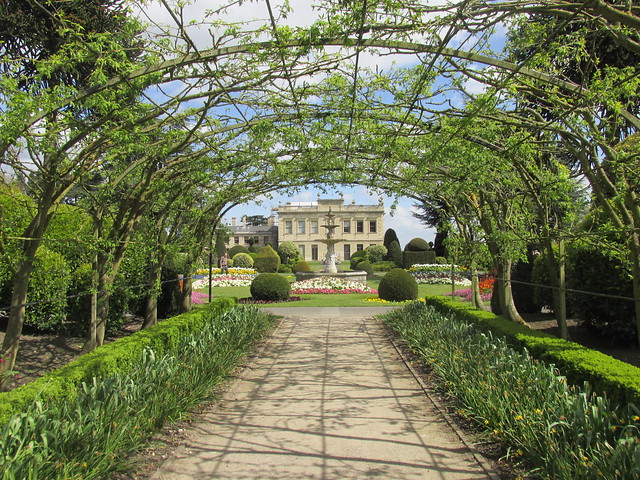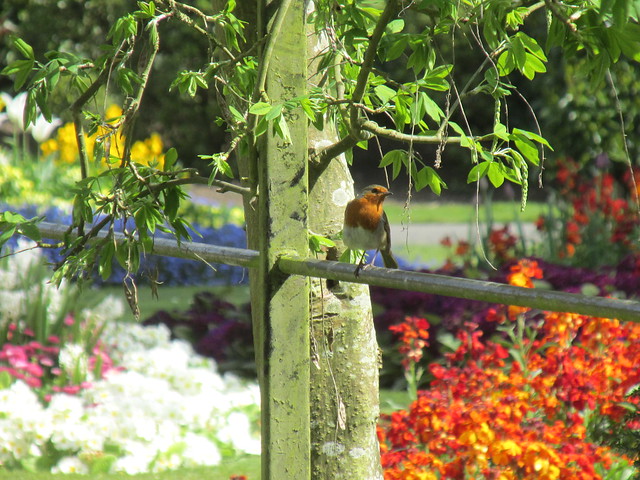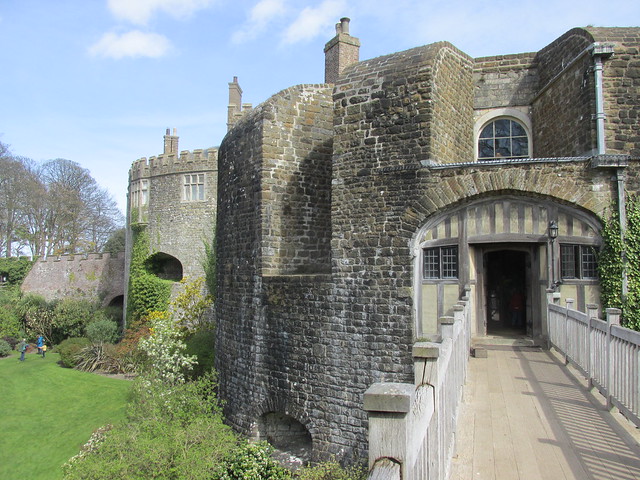 |
| Entrance to Walmer Castle |
There is a group of old towns on the south east coast of Britain called the Cinque Ports. The name is Norman French and means "five ports" because that's how many of them there originally were. Hastings, New Romney, Hythe, Dover and Sandwich. New Romney, however, was damaged by storms and its harbour silted up, so its place was taken by Rye, which was already associated with the group in a way described below.
The five initially joined forces to create a military and trade association to defend the area against potential threats from the English Channel but the arrangement is now completely ceremonial.
The first team must have been proud of the name because they never changed it, in spite of enrolling lots of other towns to support them. Rye (mentioned above) and Winchelsea, were designated "Antient Towns" and the many other places were deemed to be 'limbs' of the original five. At its height the Cinque Ports alliance included 42 towns and villages - but quarante-deux ports doesn't have the same ring to it.
Among them were Bekesbourne, Bulverhythe, Eastbourne, Bexhill-on-Sea, Pevensey, Reculver, Sarre, Walmer, Ramsgate, Brightlingsea, Birchington, St John's (part of Margate), Margate, Folkestone, Ringwould, Woodchurch, Kingsdown and West Hythe. (This is not an exhaustive list!)
Incidentally, it's pronounced "sink ports" not "sank" like proper French would be. But then, Happisburgh in Norfolk is pronounced "Hazebruh" so what does the south east coast know?
In 1155 the Cinque Ports received a Royal Charter to maintain ships ready for the Crown in case of need. The towns were expected to provide 57 ships for 15 days service each, but in exchange residents were exempt from a number of taxes and had various rights - one of which was the right to break into someone's property in order to build sea defences! They were also allowed to keep some of the salvage from shipwrecks. Such privileges made the area a haven for smugglers because the revenue men stayed out of their way.
Over the years flood, high tides, the French and other marauding forces changed the coast in many ways. Erosion and geological movement mean that Sandwich, for example, is now three miles inland. Hastings harbour was sacked by the French in the 13th century and the town no longer acts as a port. (Though it's a lovely fishing town, but they haul the boats up onto the beach.)
In keeping with their current ceremonial status the Cinque Ports today have an official leader called the Lord Warden. The title has often been held by Prime Ministers or other big wigs. Pitt the Younger was Lord Warden in the 18th century and around 20 years later the role went to Arthur Wellesley, Duke of Wellington. Winston Churchill was appointed, as was The Queen Mother. The current holder is Admiral of the Fleet Michael, Baron Boyce. One thing they all have in common is that the post gives them the right to live in Walmer Castle - though these days they tend to have a ceremonial annual week, rather than permanent residence.
Like lots of things in this fair country, the Cinque Ports are a remnant of an older time that are now completely irrelevant, but they impress younger countries who can’t trace their traditions back 200 years, let alone nearly 1,000. They’re pointless. But we can’t quite bear to get rid of them.


